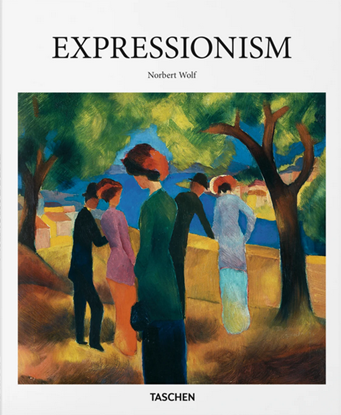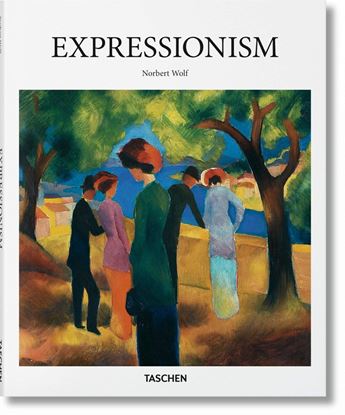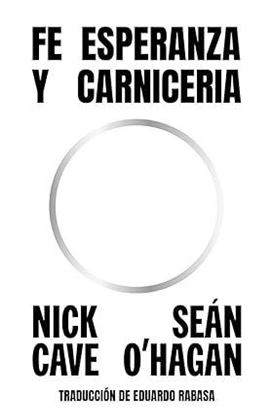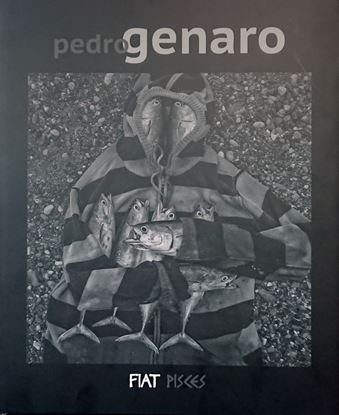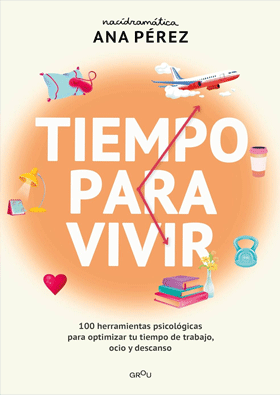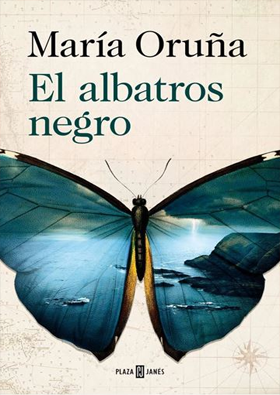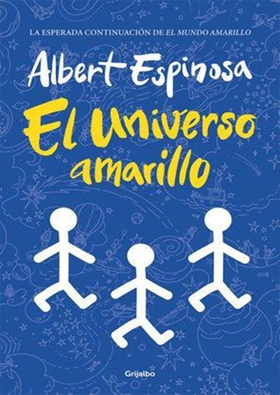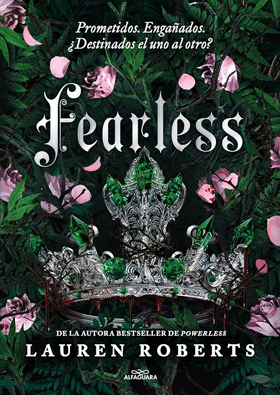

EUGENE ATGET, PARIS (BU) (INT)
A flâneur and photographer at once, Eugène Atget (1857–1927) was obsessed with walking the streets. After trying his hand at painting and acting, the native of Libourne turned to photography and moved to Paris. He supplied studies for painters, architects, and stage designers, but became enraptured by what he called “documents” of the city and its environs. His scenes rarely included people, but rather the architecture, landscape, and artifacts that made up the societal and cultural stage.
1,650
EXPRESSIONISM (BA) (E)
El mundo visto con ojos expresionistas
Los ángulos agudos, las formas extrañas, los colores llamativos y las perspectivas distorsionadas son los elementos definidores clásicos del expresionismo, el movimiento del siglo XX que priorizó la emoción frente a la realidad objetiva. Pese a tener una presencia más destacada en Alemania y Austria, el movimiento floreció en todo el mundo y hoy se considera uno de los periodos artísticos más influyentes en la historia del arte.
1,350
EXPRESSIONISM (BASIC ART EDITION) GB
Sharp angles, strange forms, lurid colors, and distorted perspectives are classic hallmarks of Expressionism, the twentieth century movement that prioritized emotion over objective reality. Though particularly present in Germany and Austria, the movement’s approach flourished internationally and is today hailed as one of the most influential shifts in art history.
With leading groups Die Brücke (The Bridge) and Der Blaue Reiter (The Blue Rider), and key players such as Wassily Kandinsky, Egon Schiele, and Emil Nolde, the Expressionists disowned Impressionism, which they regarded as “man lowered to the position of a gramophone record of the outer world”, to depict instead a raw and visceral experience of life as it was felt, rather than seen on the surface. Their paintings brim with emotive force, conveyed in particular through intense and non-naturalistic color palettes, loose brushwork, and thick textures.
1,350
FE, ESPERANZA Y CARNICERIA
Este libro, creado a partir de más de cuarenta horas de conversaciones íntimas con el periodista Seán O’Hagan, es una exploración profundamente reflexiva, en palabras del propio Cave, de lo que realmente impulsa su vida y creatividad. En él, el músico habla de fe, arte, música, libertad, duelo y amor. Se sumerge con total franqueza en su vida, desde su infancia temprana hasta la actualidad, en sus amores, su ética del trabajo y la profunda transformación que ha sufrido su existencia en los últimos años. Fe, esperanza y carnicería es un estallido de esperanza e inspiración de un verdadero visionario.
1,350
FIAT PISCES
Cuando se tiene la oprtunidad de asumir un proyecto de larga duración, se puede hurgar en lo mas...
1,995
FILOSOFIA DE LA MUSICA ANDALUSI
La música andalusí, como género emanado de una civilización avanzada, y creado primordialmente, por un filósofo racionalista como lo era Avempace, goza de una coherencia inteligible en todos sus aspectos estructurales. Por dicha razón, el análisis filosófico del mismo se revela posible, y capaz de aportar no solo una visión racional de sus melodías y aspectos culturales, sino también el cómo tratarlos y a fín de gozar del mismo sin alterar su esencia.
En Filosofía de la música andalusí, el célebre músico y musicólogo tetuaní Amin Chachoo realiza un recorrido histórico por la música andalusí, desde sus orígenes más remotos en el mundo árabe oriental y el mundo grecolatino occidental, hasta la era contemporánea.
Un análisis de las melodías andalusíes en base a la filosofía de su autor, quién no solo define los estados de los seres y su devenir, sino también una cierta jerarquía de los intelectos que se revela estar en armonía con las diferentes dimensiones de la música andalusí, en sus vertientes estática y dinámica.
1,995


